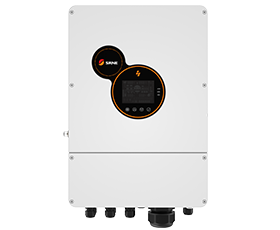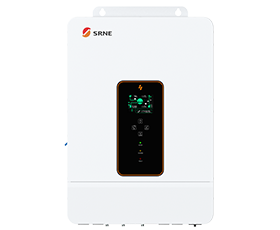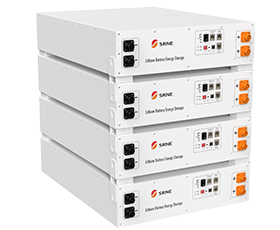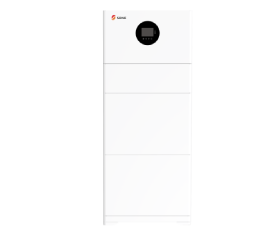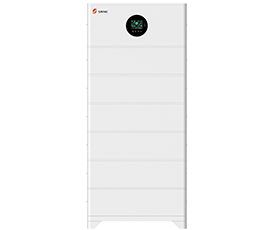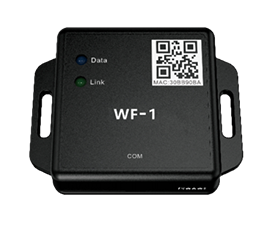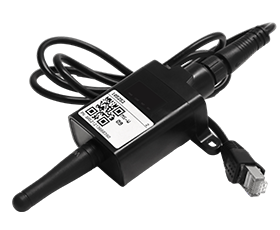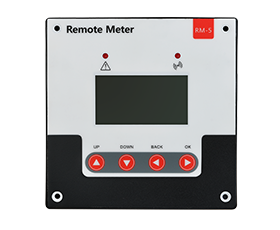Solar Inverter Technical Performance Indexes
A solar inverter is one of the most important elements of the solar electric power system. It converts the variable direct current (DC) output of a photovoltaic (PV) solar panel into alternating current (AC). Today, we will talk about the main technical performance indexes of solar inverter in this article.
Rated Output Voltage
It refers to the rated voltage value that a solar inverter is supposed to output within the allowable fluctuation range of the specified input DC voltage. Generally, there are some regulations for the rates output voltage value.
(1)When the solar inverter operates stably, there should be a limit for voltage fluctuation range. For example, the deviation should not exceed ±3% or ±5% of the rated value.
(2)When there are some interference factors such as the load variation, the output voltage deviation should not exceed ±8% or ±10% of the rated value.
2.Rated Output Frequency
The solar inverter AC voltage output frequency should be a relatively stable value, usually 50 Hz. The deviation should be within ±1% under normal working conditions.
3. Load Power Factor
It characterizes the ability of the inverter to carry an inductive load or a capacitive load. Under sine wave conditions, the load power factor is 0.7 to 0.9, and the rated value is 0.9.
4. Rated Output Current (or Rated Output Capacity):
It indicates the rated output current of the inverter within the specified load power factor range. The rated output capacity shows on some inverter products, and the unit is expressed in VA or kVA.
5. Rated Output Efficiency
The efficiency of the inverter is the ratio of its output power to the input power under specified working conditions, expressed in %. The efficiency of the inverter at the rated output capacity is the full load efficiency, and the efficiency at 10% of the rated output capacity is the low load efficiency.
6. Protection
(1) Overvoltage protection: For inverters without voltage stabilization measures, there should be output overvoltage protection measures to protect the negative intercept from output overvoltage damage.
(2)Overcurrent protection: The overcurrent protection of the inverter should be able to ensure timely action when the load is short-circuited or the current exceeds the allowable value to protect it from surge current damage.
7. Start-up Feature:
It characterizes the ability of the inverter to start with load and its performance during dynamic operation. The inverter should be able to start smoothly under the rated load.
8. Noise
Components such as transformers, electromagnetic switches, and fans in electronic equipment all generate noise. When the inverter operates normally, its noise should not exceed 80dB, and the noise of a small-size inverter should not exceed 65dB.
For off-grid photovoltaic power generation systems, the technical performance of inverters is very important. Therefore, the following points should be noted when selecting inverters for off-grid photovoltaic power generation systems:
(1)The inverter should have sufficient rated output capacity and load capacity. In the selection of the inverter, first, it is necessary to consider rated capacity, which needs to meet the electrical power requirements of the equipment under the maximum load. For the inverter with a single device as the load, the selection of its rated capacity is relatively simple. When the electrical equipment is a pure resistive load, the rated capacity of the inverter is selected to be 1.1 to 1.15 times the capacity of the electrical equipment. Can. When there are multiple devices working as the load, the selection of the inverter capacity should consider the possibility of several electrical devices working at the same time, that is, the "load simultaneous coefficient".
(2)The inverter should have high voltage stability. In an off-grid photovoltaic power generation system, the battery is used as an energy storage device. When the battery with a nominal voltage of 12V is in a floating state, the terminal voltage can reach 13.5V, and the short-term overcharge state can reach 15V. The terminal voltage can be reduced to 10.5V or lower when the battery is discharged with load. This requires the inverter to have better voltage regulation performance to ensure that the photovoltaic power generation system is supplied with a stable AC voltage.
(3)The inverter can still run efficiently under various loads. The high efficiency of the whole machine is a significant feature that distinguishes the inverter for photovoltaic power generation from the general-purpose inverter. The actual efficiency of a 10kW general-purpose inverter is only 70% to 80%. When it is used in a photovoltaic power generation system, it will bring about 20% to 30% of the total power loss.
Therefore, when designing the solar inverter, researchers should pay special attention to reduce power loss of specialized inverter for photovoltaic power generation system and improve the efficiency of the whole machine. In terms of overall efficiency, the requirements for inverters for photovoltaic power generation are: rated load efficiency of inverters below 1kW≥80% to 85%, low load efficiency≥65% to 75%; rated load efficiency of 10kW inverters≥85%~90%, low load efficiency ≥70%~80%.
(4)The inverter should have over-current protection and short-circuit protection functions. During the normal operation of the photovoltaic power generation system, it is possible that the power supply system overcurrent or short circuit caused by load failure, personnel misoperation and external interference and other reasons. Overcurrent and short-circuit phenomena will cause damage to the inverter, thereby affecting the photovoltaic power generation system. Therefore, when selecting an inverter, it must have a good self-protection function against overcurrent and short circuit.
(5)The maintenance of solar inverter should be convenient. It is a normal phenomenon that a high-quality inverter fails due to component failure after several years of operation. In addition to the considerate after-sales service of the manufacturer, the manufacturer is also required to work well in the production process, structure and component selection of the inverter. For example, there are sufficient spare parts for damaged components to be replaced; in terms of process structure, components should be easy to disassemble and assemble. In this way, even if the inverter fails, it can quickly return to normal.





















